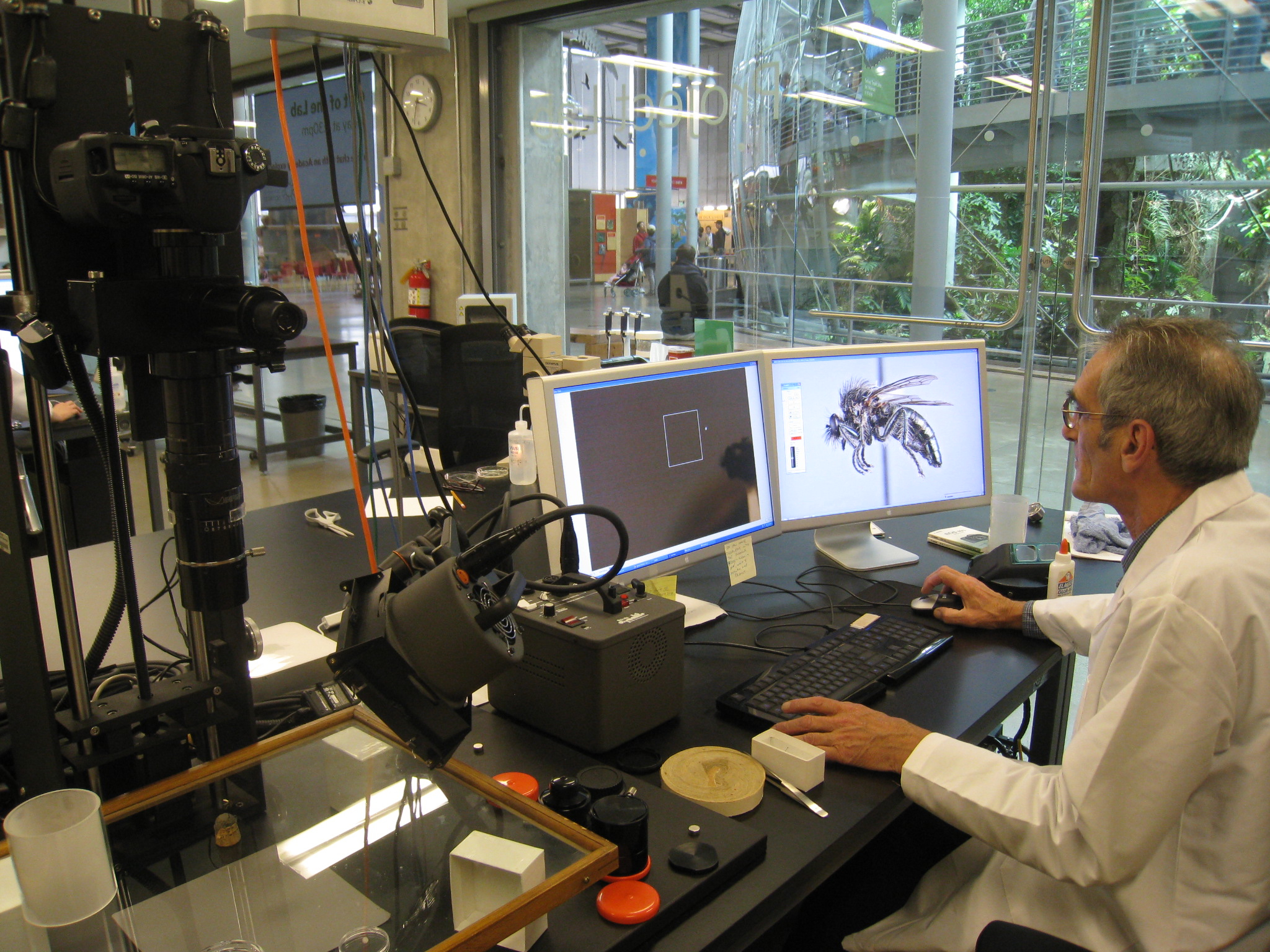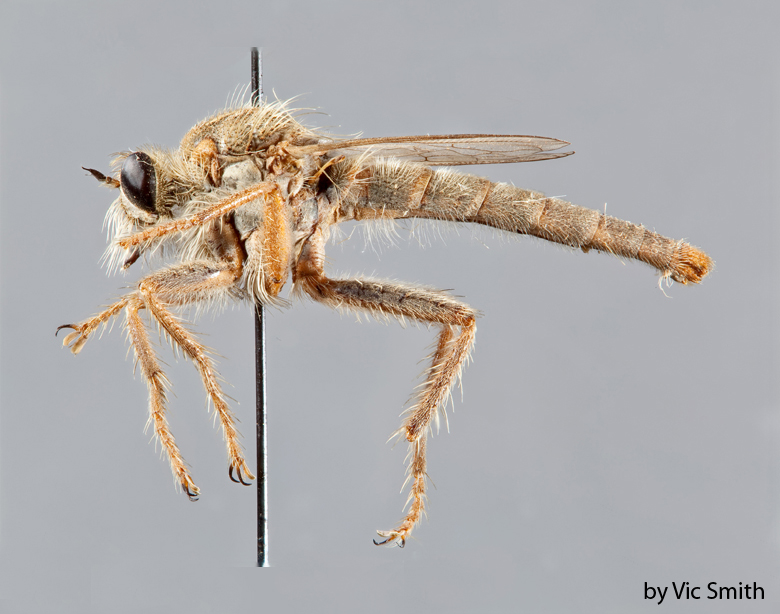

The 21st century could be characterized as the digital age, and modern museums have responded whole-heartedly with efforts to produce digital images of their specimen holdings. Researchers throughout the California Academy of Sciences produce huge numbers of digital images that add value to our research collections. Some of this imaging takes place in our Project Lab, where we have some top-notch equipment for producing exquisite, detailed images of our specimens. Among my projects is the imaging of type specimens. In addition to their normal specimen collections, each department at the Academy also keeps collections of type specimens. These specimens are the placeholders and representatives of what a particular species actually is. When a new species is named by a researcher, it is a requirement for them to designate a Holotype, often the specimen from which the species has been described. These specimens can be extremely important to researchers, and it is the Academy’s responsibility as a world class museum to make them available to qualified researchers around the world. High quality digital images often make it possible for researchers to share our specimens without them having to leave the building. It is also a goal of the Academy to make these images available to the public, and many are or will be available on our website.


I have been involved in imaging our type collections of robber flies and scorpions. Robber flies are among nature’s top predators, using strong wings, long claws, sharp eyesight and a stabbing beak to catch other insects in flight and eat them! Nearly 400 species of robber fly types collected from all over the world are now available for viewing. Here is a link: http://research.calacademy.org/redirect?url=http://researcharchive.calacademy.org/research/entomology/typesDB/default.asp. Under Family, select Asilidae from the pull down menu. Soon, our large and important collection of American and worldwide scorpion types will also be posted. Scorpions are not often seen in the daylight, but they are important predators found all over the world, wherever there is soil or leaf litter. Looking closely at the natural world is thrilling to me, and I am continually amazed at its complexity and beauty.
Vic Smith
Invertebrate biologist, curatorial assistant and imaging specialist
Department of Entomology